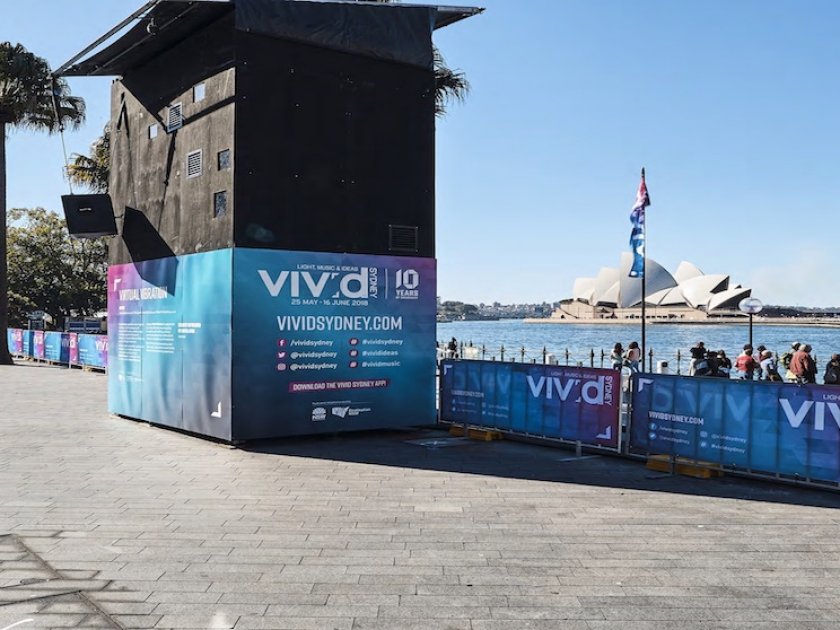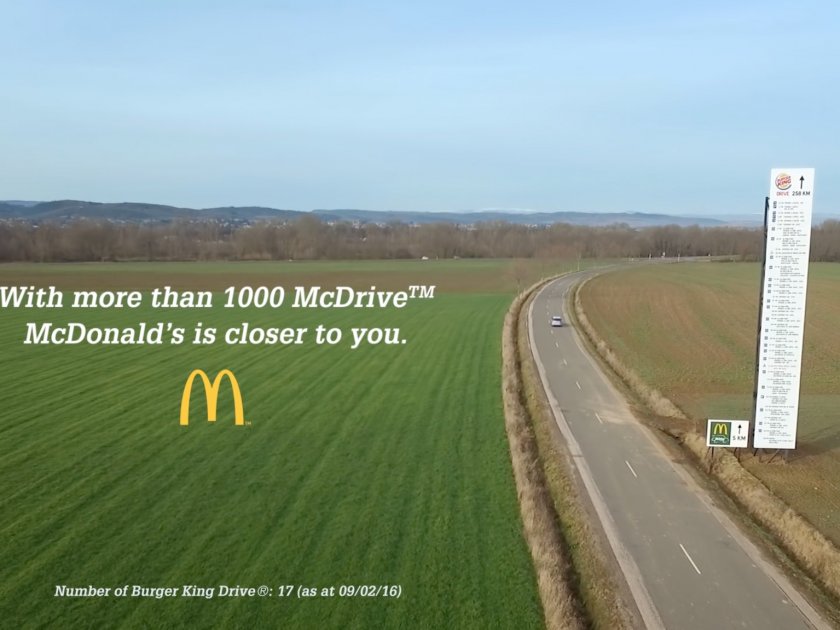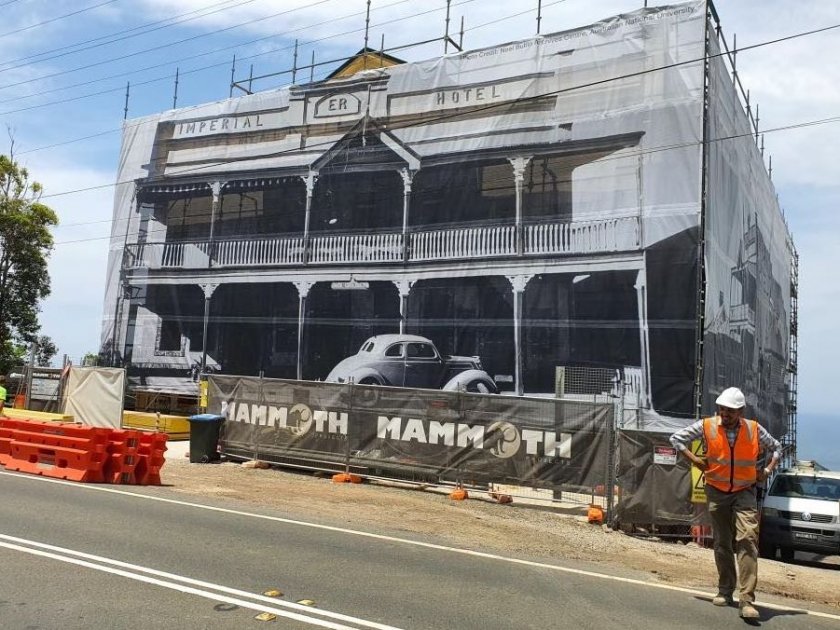Wind Mitigation Techniques For Banner Mesh
20 June 2018
6 mins read
As most builders will tell you, the minute you install banner mesh or shade cloth on a fence it creates wind drag. There are two results excessive wind can create; either the banner is damaged, with the eyelets being the weakest point; or the temporary fence is pulled down. In windy areas it is an inescapable fact of life that fence covering can create issues but there are a number of things you can do to prevent issues with wind. Here are our tips on reducing the effects of strong winds on your fences.
Asses the application and choose the right banner mesh
Prior to even considering what you need on your fence you should take into account the environmental factors. If an area is prone to high winds, has wind funnels, or is in a storm or cyclone area then consider an open weave mesh or use shade cloth instead. It is not always necessary to change the material but you may need to consider some of the other techniques below if you are planning on using a dense weave mesh.
The same consideration should be given to built environment surrounding the fence installation. If the area is surrounded by buildings, these will create wind blocks, if it is open field then the full brunt of a wind will be borne on the fence.
Weigh up the cost/benefit on hemmed mesh vs webbing mesh
There are times when premium banner mesh just must be used, for instance with image heavy designs to help sell developments. Premium mesh is a denser weave and more prone to wind issues. There are two ways of finishing banner mesh, with either hemmed edge, which creates a reinforced edge by folding back the mesh and welding it to itself. Or by using webbing which is a PVC backed nylon belt welded to the mesh which prevents the eyelets from pulling out, similar to the way a seatbelt doesn’t rip. There is a price difference between the two for obvious reasons so weigh up the benefit and peace of mind in using webbing over hemmed mesh and see what works best for your application.
Order smaller banners to create places for the wind to escape
The simplest way of mitigating wind issues is to make smaller banners. The advantages of something like a panel banner (2.4m x 1.6m) is they cover temporary fence panels but they also allow wind to escape around the sides. With smaller banners the eyelets are safe, and the strain on the fence is greatly reduced.
Our recommendation is to use 1.6m high mesh in virtually all instances. Most temporary and permanent fences are likely to be around 1.7m-1.8m however using a shorter mesh allows the wind to pass under the banner easier. It also reduces splash back from the ground in rainstorms or the chances of the banner being damaged by gardeners wielding line trimmers.
Proper tensioning is the most important facet of any mesh installation. Too loose and the mesh will move around and be damaged. Too tight and there may be creases and the eyelets are under constant pressure.
Fence preparation and mesh banner installation
On temporary fences ensure that the fence is properly installed and brace the fence every second panel with either fence bracing weights or attaching to a picket anchoring the fence to the ground. Ensure there are no loose wires and that the top bar is at a consistent height.
On permanent fences ensure that the poles are solidly installed and that the wire is not sticking out a liable to puncture the mesh. If installing onto the top of a high fence, like a tennis court, install the mesh toward the bottom or the top of the poles may bend.
When installing the mesh, keep it on the roll if possible, unrolling 10m or so at a time, installing the top cable ties and then the bottom, before moving on to the next 10m section. It is vital that all eyelets are used. Not doing so will result in excessive strain on the attached eyelets which can cause failure and a domino effect.
Cable ties for mesh banners
There are two schools of thought with cable ties for mesh banner installations. First you can use a thicker cable tie (7mm wide) to create a strong hold. These will keep the banner in place although may result in the eyelets pulling out particularly on hemmed mesh. The other school of thought is to use lightweight cable ties (3mm), at least on the bottom row. Light duty cable ties will create a failsafe and will break in high winds. The result will be that the eyelets are intact but the banner may be damaged by the flogging effect of the wind.
Create wind holes in the banner if necessary
If the prevailing wind, or even wind gusts come from behind the mesh then consider cutting wind scallops in the mesh. Spaced at 1-2m apart even small scallops will decrease the wind load on the banner significantly. These can also be made in our factory if you want to ensure that they are tidy and evenly spaced.
A few things to think about if you are going to cut wind slits in your banner yourself. Firstly use a jig (a dinner plate works well to cut a perfect semi circle) and a sharp carpet knife. Ensure that the cut is made on the underside so that the mesh won’t flap down if a wind is not blowing. The cuts should be consistent and evenly spaced. Do not cut V’s and take your time to do a thorough job. Consider also the placement of the wind holes and try to position them away from key messages or images.
Bear in mind wind slits will only work if the wind is behind the mesh. If the gusts blow into the mesh then these will be ineffective.
Place the mesh on the inside of the fence
In more extreme cases where the wind is coming from behind the mesh then installing the banners on the inside of the fence will ensure that the eyelets do not pull out. The obvious issues are that there will be metal wires in front of the banners, and that over time the inks could scratch off after exposure to the wires.
It is very important that temporary fencing is properly braced if using this option and you may need to cut out sections around the bracing. We only recommend this in the most extreme of cases and preferably with smaller banners which don’t need to be crafted around bracing.
Consult the experts
Our strongest recommendation is that you speak with one of the reps from Mesh Direct before ordering. We have seen nearly every application or installation and can recommend the right product for your circumstance.





